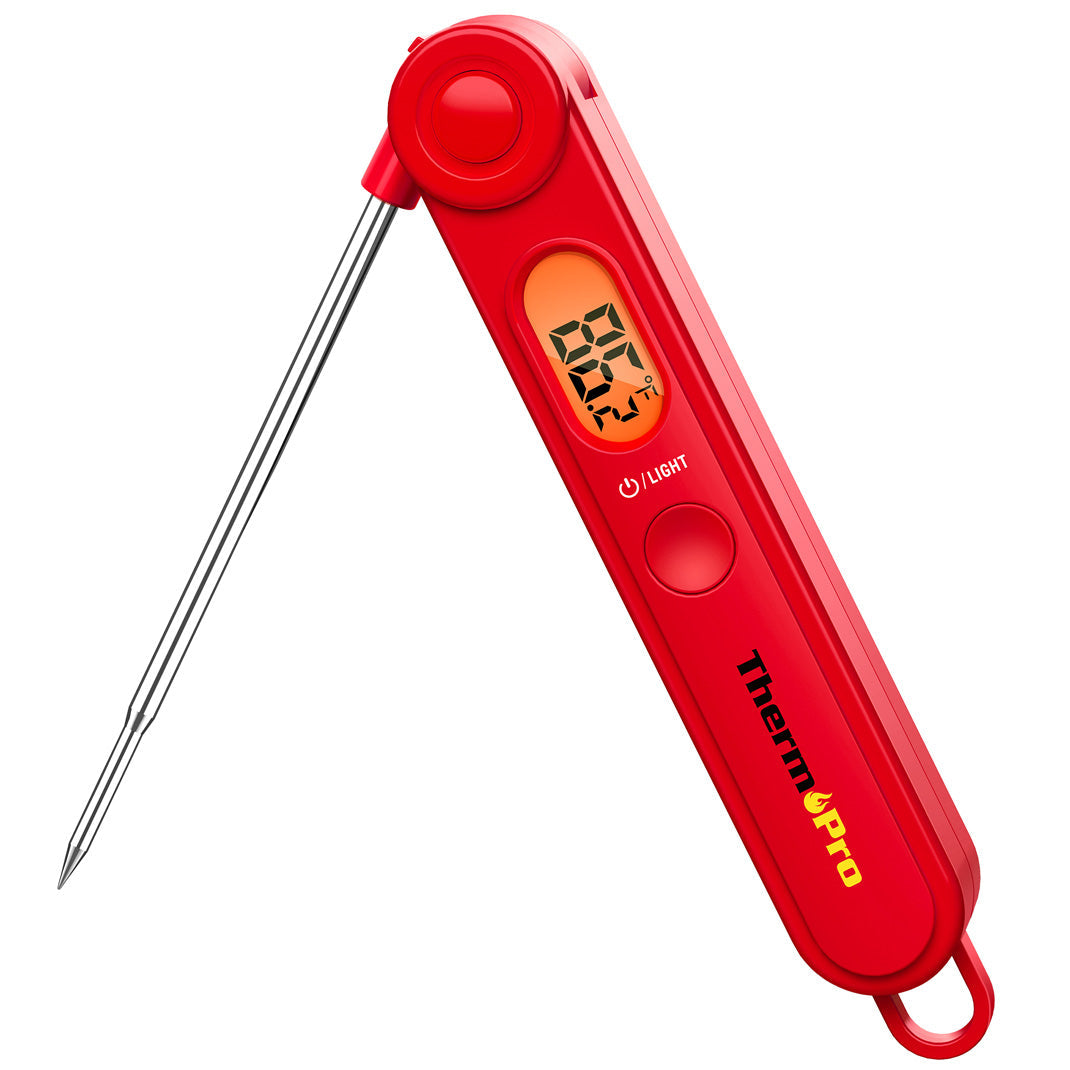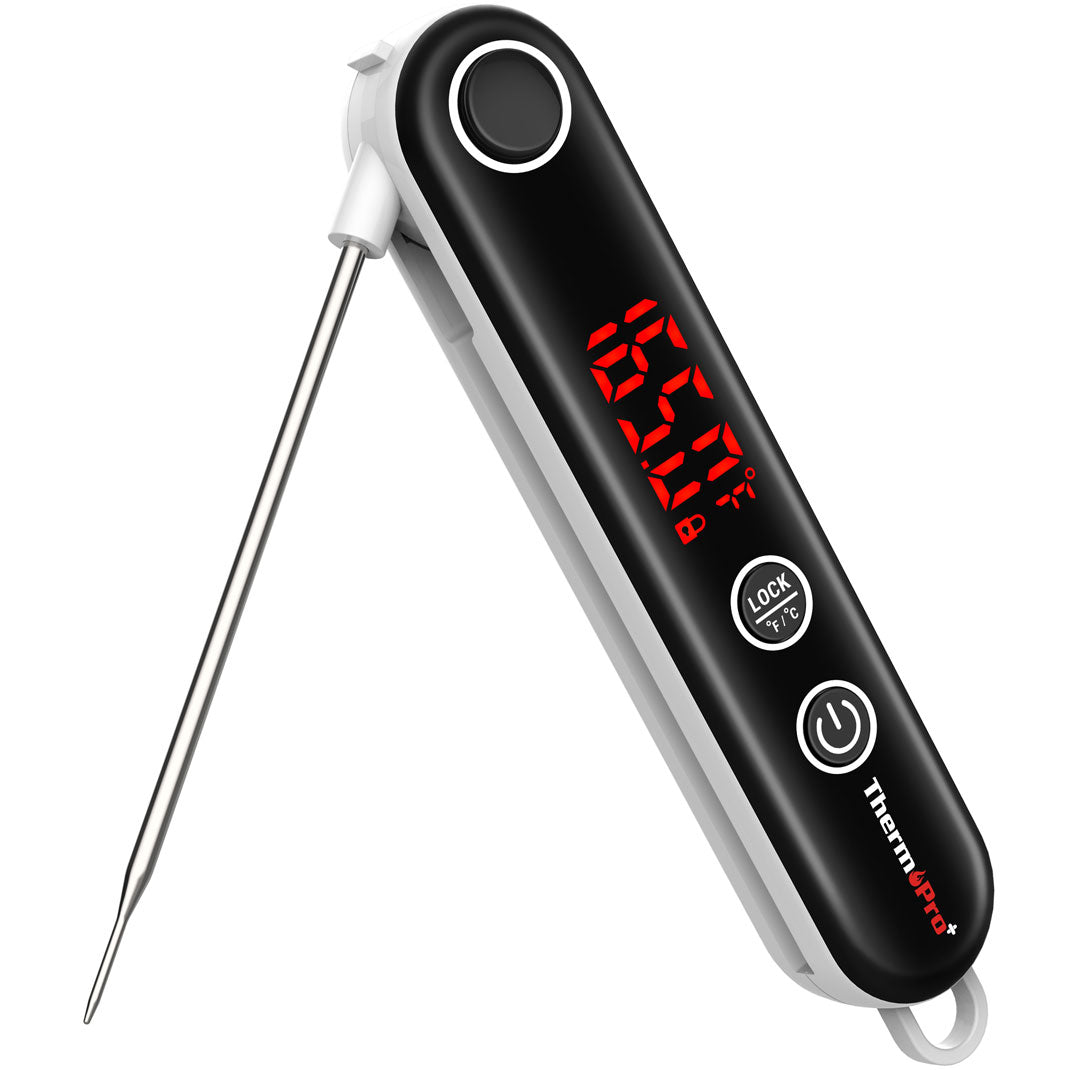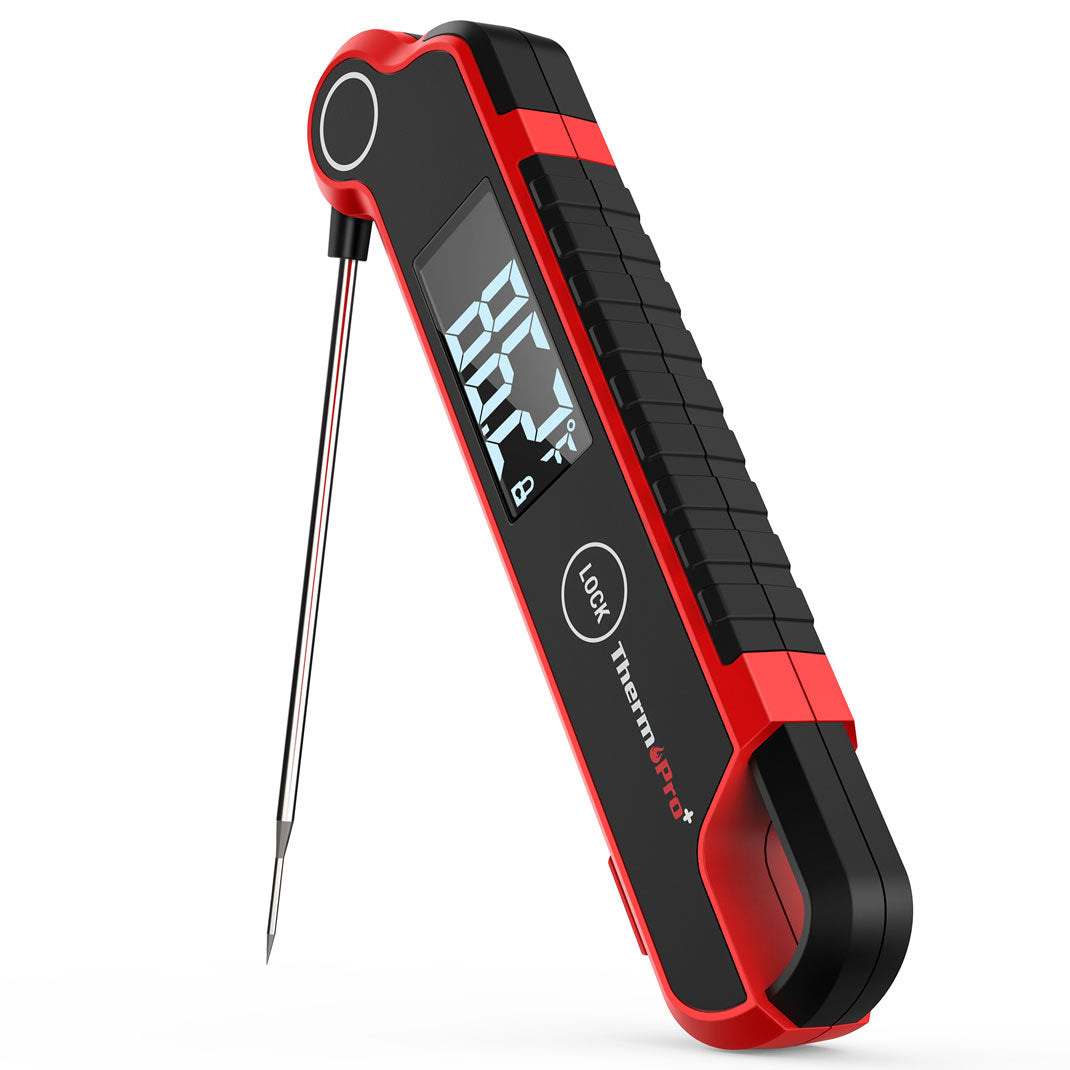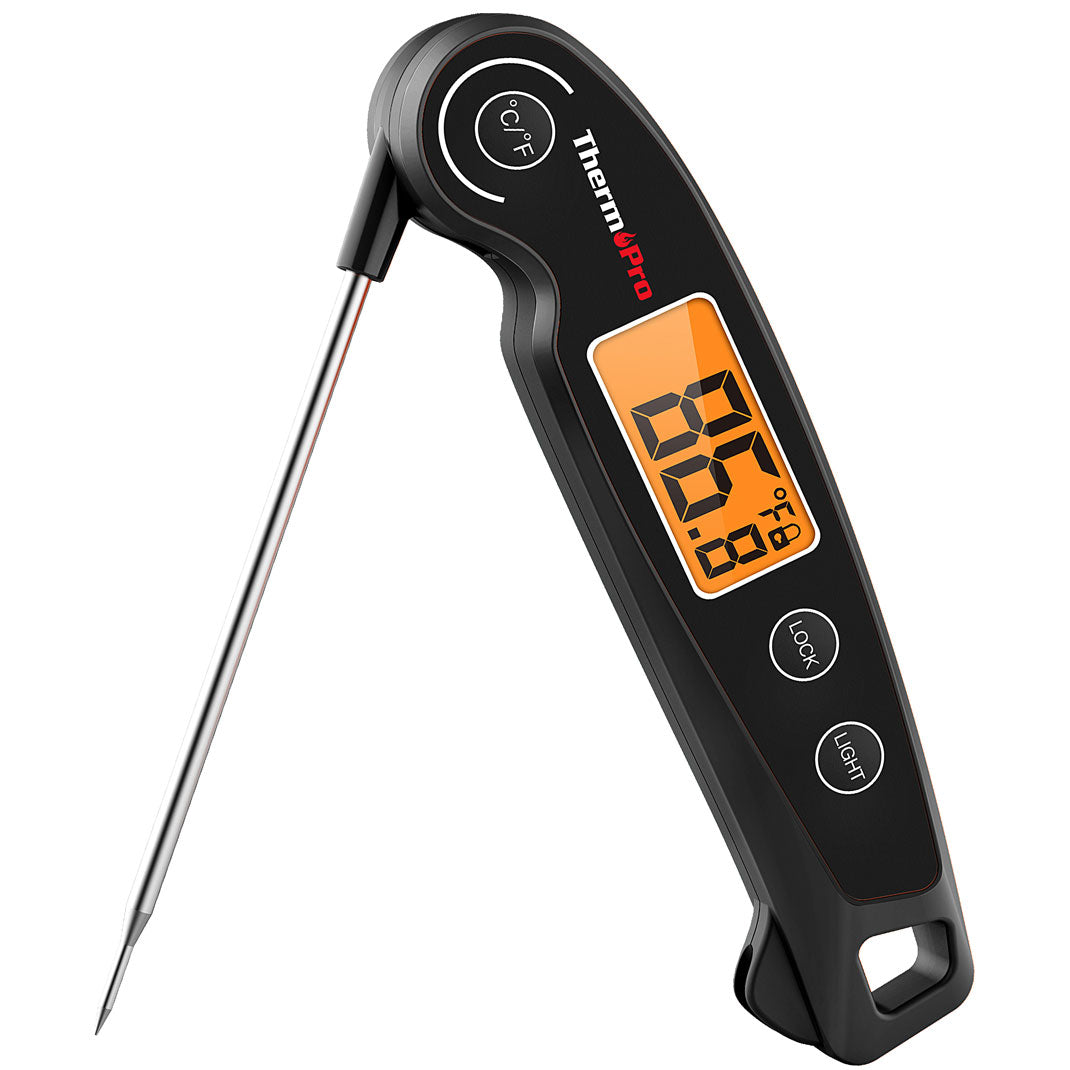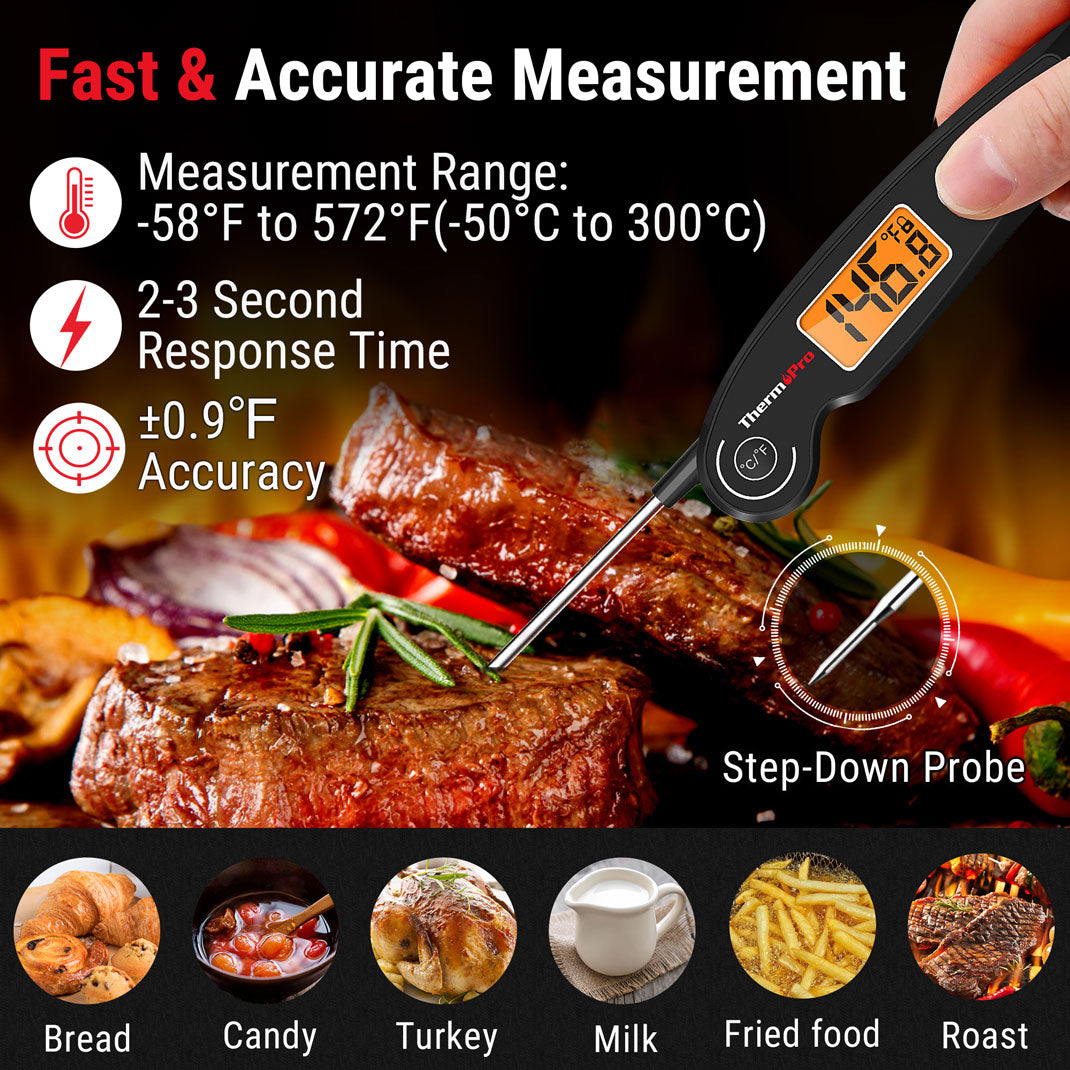Axillary Temperature Checking
Gauging patients’ temps via their armpits is a less common means of identifying their bodies’ warmth levels.
Unlike some types of temp-checking, axillary temperature measurement are rarely, if ever, thought to be uncomfortable or intrusive. Further, they are generally considered to be safe. One potential situation in which the axillary method would most optimally be utilized is when several children’s temperatures need to be taken, they are possibly sick or at least contagious, and there aren’t any supplies like oral thermometer covers to prevent the spread of disease.
Steps to Gauging Temperature via the Axillary Route
First off, temperature takers must dry off the patient’s underarm – also known as the armpit. The thermometer’s tip should directly come into contact with the patient’s skin, not the clothing!
The upper arm should be squeezed tightly against the body. Digital thermometers take between 30 and 45 seconds, on average, whereas their glass counterparts usually need between five and eight minutes to garner accurate representations of body temperatures.
On average, axillary-taken temperatures fall between 97.8 and 99.5 degrees Fahrenheit.
Oral Temperature Readings
It’s safe to assume that you’re familiar with oral thermometers, their usage, and average temperature readings. However, you may have forgotten important areas of temp-taking protocol.
Oral temp readings are known to be highly accurate. Further, getting the technique wrong for reading temperatures orally is very difficult. Most modern oral thermometers are easy to find in any drug store or supermarket – if one isn’t already stashed away in your residence – and are cheap to purchase. The worst part about oral thermometers is the potential of spreading disease.
Here’s How Oral Temperature Measuring Works
The thermometer is inserted below the tongue and held in place with the mouth closed for anywhere between 15 seconds and two to three minutes. The lips should stay closed all the way through the reading. The thermometer should be held steady – the patient or the temperature-taker can be trusted with this responsibility.
Make sure that the patient hasn’t consumed any hot or cold foods or beverages in the half-hour prior to having their body heat gauged.
The orally-taken body temperature should sit at or right around 98.6 degrees Fahrenheit.
Taking Temperatures via the Rectum
Although this method might seem unnecessary, the rectal method of reading body temps is used because of the unique profile of benefits it offers related to children.
In some cases, patients – usually children – are so sick that they can’t hold still or keep their mouth shut for oral temp readings. The next-best course of action is navigating to the bum to find the patient’s temperature.
It’s said that rectal temps are the most ideal for infants under three months of age. This avenue is also viable in children ages three and younger. As people get older, however, they usually tend to stick with oral readings.
The Rectal Temp-taking Method, Explained
Using a short, stubby-tipped thermometer, vaseline or another lubricant should be liberally applied to the tip of the device. The device should then be slid gently into the rectum, which is found in the first few inches inside of the anus.
When taking a child’s temperature rectally, the tip shouldn’t be inserted more than one centimeter inside the anus. Kids above three months of age should have their temperature taken rectally by having the device inserted roughly two centimeters inside the rectum.
What Two Heat Levels do the Body’s Temperatures Usually Fall Between?
Back in the 1800s, a pioneering physician alleged that the average human body temperature was 98.6 degrees Fahrenheit. However, critics in recent years have shared their concerns that the true human body temperature is more near the mark of 98.2 degrees Fahrenheit.
When it comes to a normal range of temperatures, however, adults’ body temps typically fall anywhere between 97 and 99 degrees. Babies, on the other hand, can safely stand to be a little warmer – their average range is anywhere between 97.9 and 100.4 degrees Fahrenheit.
What Can Lead to Lower-than-normal Body Temp Readings?
Breathing through the mouth just once or constantly in the minutes leading up to an oral reading, for example, can cause lower-than-normal readings.
Women, if you didn’t already know, are typically less warm than their male counterparts. People who have exercised recently are likely to have higher readings than their lazier other halves.
One more thing when it comes to women – right before their periods come each month, their body temps increase by noticeable margins.
Lastly, it’s important not to compare temperatures gathered through different types of thermometers. These include digital and glass thermometers, as well as the various methods of administration. The more variance in thermometer type and administration method, the more variance that can be expected in temperature readings.
Here’s When the Human Body Faces Imminent Danger
Adults with readings of 100.4 degrees or greater have fevers, whereas those with readings above 103.1 degrees have high fevers, as compared to individuals with findings upwards of 105.8 degrees Fahrenheit have very high fevers.
Children should be taken to medical professionals if their fevers are higher than 102 degrees Fahrenheit. Babies deserve special trips to physicians in the event that their rectal temps are greater than 100.4 degrees Fahrenheit.
Making Sense of it all – Body Temperature is More Complex Than You Thought
We’ve all had our body temperatures taken, but few of us knew that there was this much stuff to know in regards to temp-taking. You should remember these bits of temp-related information in the event that you’re not around a physician of the World Wide Web.
Having a solid understanding of this information could seriously come in handy one day. After all, it’s better to have something and not need it than need something and not have it. Get to learning! You’ll thank yourself later.






 288 Comments
288 Comments














